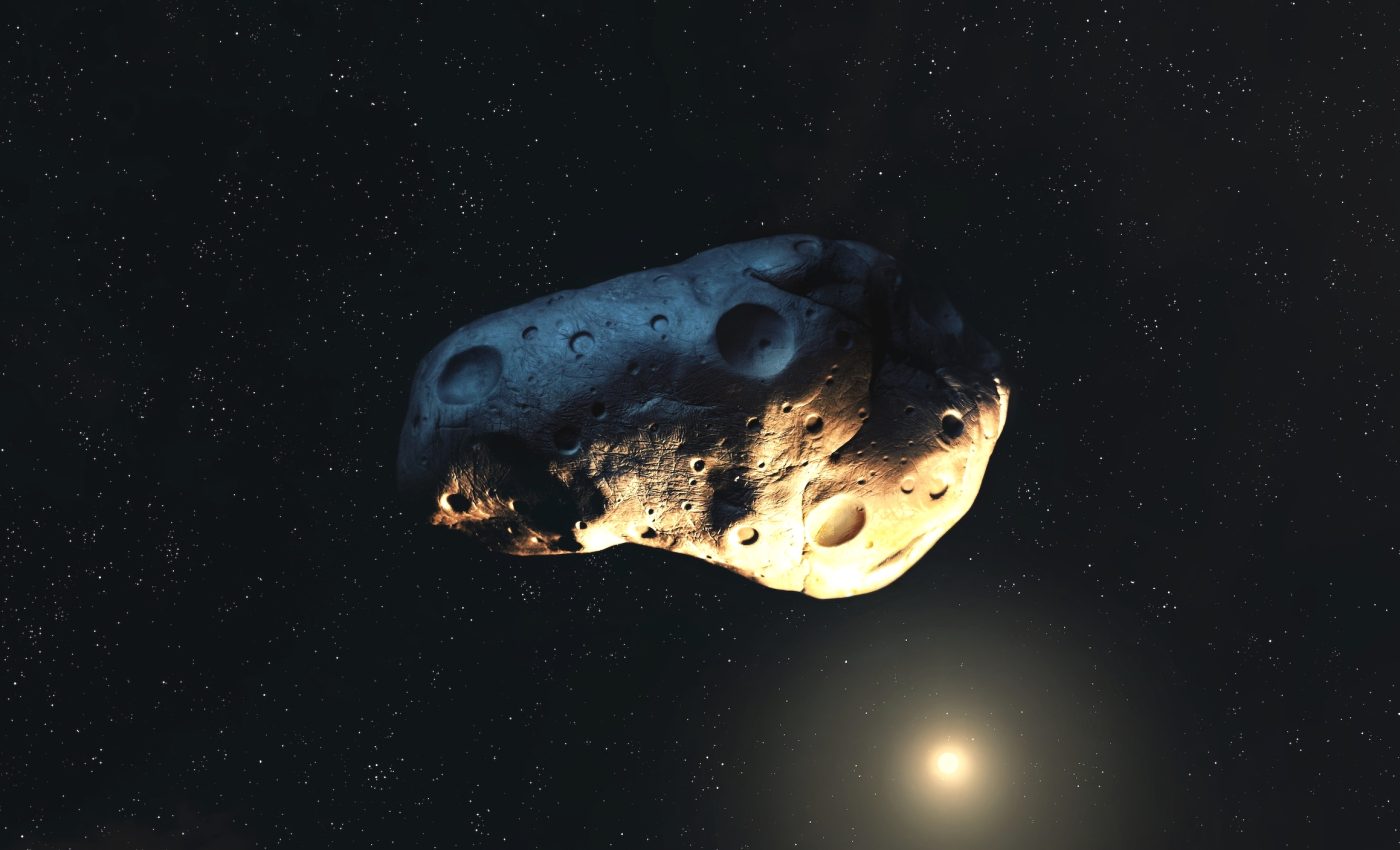
Asteroid Vesta may be a fragment of a lost world
For more than a decade, Vesta has sat in a scientific gray zone: too big and geologically complex to be an ordinary asteroid, yet never quite elevated to the status of a true planet.
Its basalt-covered surface hinted at a molten past, and early analyses of data from NASA’s Dawn spacecraft suggested that Vesta possessed the same fundamental architecture as Earth – crust, mantle, and metallic core. That tidy picture has now been upended.
Vesta’s internal structure
A new study led by the NASA Jet Propulsion Laboratory (JPL) re-examined Dawn’s gravity and imaging records with greatly refined calibration methods. The result is a radical reinterpretation of Vesta’s internal structure.
Rather than harboring a dense central core, the 500-kilometer-wide body appears almost uniform throughout.
“The lack of a core was very surprising. It’s a really different way of thinking about Vesta,” said study co-author Seth Jacobson, a planetary scientist at Michigan State University.
Vesta’s history is surprisingly complex
The research team reached this conclusion by looking at a property called the moment of inertia, which governs how an object’s mass is distributed and, consequently, how it spins in space.
Bodies with heavy centers behave like figure skaters who pull their arms in to rotate faster; those with evenly distributed mass spin more sluggishly. Vesta’s spin signature fits the latter description, contradicting earlier models that required a substantial iron-nickel core.
To obtain their revised measurements, principal investigator Ryan Park and colleagues spent nearly a decade perfecting the cross-calibration between Dawn’s onboard cameras and radio-tracking data transmitted through NASA’s Deep Space Network.
“After nearly a decade of refining our calibration and processing techniques, we achieved remarkable alignment between Dawn’s Deep Space Network radiometric data and onboard imaging data,” Park explained.
“Our findings show Vesta’s history is far more complex than previously believed, shaped by unique processes like interrupted planetary differentiation and late-stage collisions.”
Two competing theories on Vesta
Two competing ideas now vie to explain what Vesta really is. One option is that the object began to differentiate – melting internally so that metals could sink and silicates rise – but the process froze in mid-stride.
That would make Vesta a kind of geological time capsule, preserving a rare snapshot of planetary evolution arrested before its final act.
Yet this scenario clashes with laboratory analyses of meteorites that match Vesta’s spectral fingerprint. “We’re really confident these meteorites came from Vesta,” Jacobson noted. “And these don’t show obvious evidence of incomplete differentiation.”
Fragment of a lost world
The alternative, more audacious hypothesis is that Vesta is not a stalled planet at all but a fragment blasted off a larger world during the solar system’s chaotic youth. Jacobson first floated the idea informally years ago, suggesting that some meteorites might be relics of violent impacts among embryonic planets.
“This idea went from a somewhat silly suggestion to a hypothesis that we’re now taking seriously due to this re-analysis of NASA Dawn mission data,” Jacobson said.
If correct, Vesta would be a shard of primordial crust from a planet that continued to accrete elsewhere – or perhaps never reached maturity because subsequent collisions shattered it beyond recognition.
Broader implications of the study
Either explanation reshapes Vesta’s scientific value. In the incomplete-differentiation model, the body offers insight into the thermal limits that determine whether small planetary embryos grow full cores.
In the impact-fragment model, Vesta becomes forensic evidence of the collisions that sculpted the inner solar system, possibly preserving geochemical clues to an unknown “parent” planet.
Jacobson’s research group is already building computer models of such giant impacts, while graduate student Emily Elizondo examines how ejected debris might migrate into the asteroid belt and survive for billions of years.
Future research directions
More work lies ahead. Planetary chemists can re-evaluate Vesta-derived meteorites in light of the new gravity data, looking for isotopic markers that would either support or refute a uniform interior.
Meanwhile, improved dynamical simulations could test whether a collision-origin scenario can reproduce Vesta’s current orbit and composition.
Dawn’s legacy data set remains a treasure trove; the same re-processing techniques may yet reveal subtler interior details or reconcile inconsistencies in previous models.
Pieces of an ancient planet
Whatever the final answer, Vesta’s story now looks less like a straightforward tale of arrested growth and more like a detective mystery spanning 4.5 billion years. “No longer is the Vesta meteorite collection a sample of a body in space that failed to make it as a planet,” Jacobson said.
“These could be pieces of an ancient planet before it grew to full completion. We just don’t know which planet that is yet.”
In reframing Vesta from wannabe planet to either an unfinished embryo or a planetary shard, scientists gain fresh perspective on the tumultuous processes that forged the terrestrial world we inhabit today.
The study is published in the journal Nature Astronomy
—–
Like what you read? Subscribe to our newsletter for engaging articles, exclusive content, and the latest updates.
Check us out on EarthSnap, a free app brought to you by Eric Ralls and Earth.com.
—–













